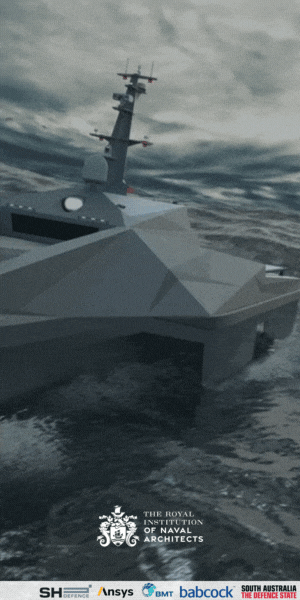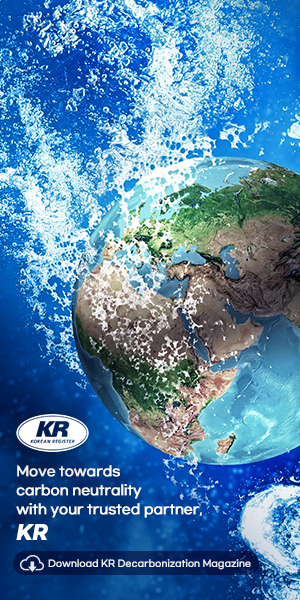The Naval Architect: May 2019
But Willie Wågen, interim leader at Sustainable Energy Norwegian Catapult Centre (Norsk Katapult), believes that even with this supportive architecture in place, there are shortcomings that need to be improved. “The way technology is developed there is quite good funding available at the concept phase and quite good arrangements for the market end of the journey,” he explains. “But there is a gap between the concept and proving that concept.
“For example, when a company has developed a new solution, and needs to fit it into part of a system to see if it works, it is very hard for them to get this new technology installed onboard a ship. It has been left to the Siemens and Wärtsiläs of this world to do that.”
The catapult centre, however, endeavours to change this by cultivating test-benches for new concepts to be proven in an inexpensive fashion. Since its establishment in June 2018, the catapult initiative has set up five different centres throughout Norway, from Stord to Ålesund. Each centre has a dedicated focus: robotics, digital (Digicat), ocean innovation (with a concentration on fish farming), sustainable energy, and future materials (including 3D printing).
“We make it so that you no longer need to buy the system. You can bring your component and rent a space in a testing centre,” explains Wågen.
The centre where manufacturer Yaskawa (formerly The Switch) performs its own tests, using a variety of motors and mock-ups of offshore equipment, is one such facility companies can rent out. “Inside this building you have what is effectively a ship on land,” Wågen says. “You have switchboards, systems and so on, and you can simulate a real ship operating. In addition to this, we will make a new test centre for synthetic fuels and connect it to this ‘ship on land’. Anybody who has a fuel cell or an engine can come and test it here.”
At sea, the catapult centre has testing facilities on an offshore wind turbine, a subsea installation and various active vessels, including: Solstad OSVs, Noled ferries, Knutsen OAS tankers and GANN passenger ships. Other facilities include an electricity microgrid on a small Norwegian island, where tests are made using a variety of new sustainable energy sources.
Catapult is also used as a vehicle to test prototypes in difficult weather, such as choppy waters or cold climates. Wågen compares the initiative to an Airbnb for new sustainable energy inventions, whereby testing and competence centres can connect with new companies. The otherwise clichéd comparison is more accurate in this case than most.
“We market and sell the testing centres – they will tell me what kind of equipment and facilities they have, and when it will be available,” says Wågen. “But in a way it’s better than Airbnb because the centres get support to redecorate the house – that is, winning government funding to help equip them.”
Connecting these companies with the testing facilities is more cost-efficient for young companies than the former model – employed, for example, by various manufacturers of ballast water management systems in recent times – whereby a whole system would have to be purchased and installed in an in-house facility, simply to test a single component prototype. “[Now], you can just bring your component and rent a space in a testing centre,” Wågen says.
One such outfit is electrical engineering consultancy Unitech Power Systems. “We have been delivering subsea distribution systems for many years now, but we want to divert into renewables,” says Karoline Sjøen Andersen, a junior scientist at Unitech. “We want to use our experience in umbilicals to make power cables, a key parameter in the electrification of the ocean.”
Unitech is now reliant on catapult centres for testing its new umbilicals, with the ultimate goal of producing a floating factory which will be able to spin cables on site, as required, from their constituent components. “So you have bundles of different subsea cables for different subsea facilities – electricity, fibre, whatever you need,” says Andersen. “We want to have the whole supply chain in one place.”



